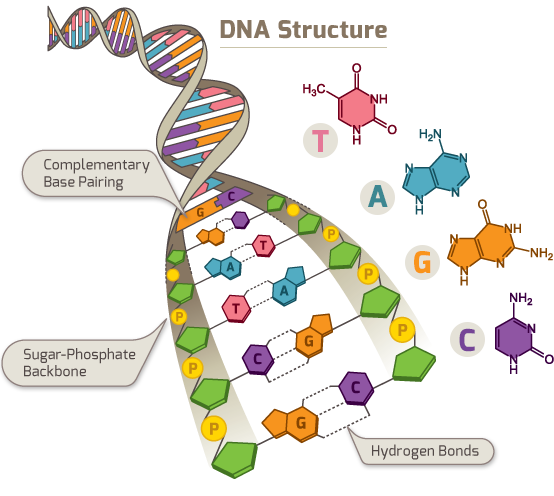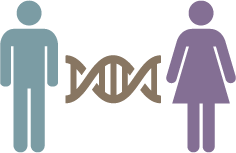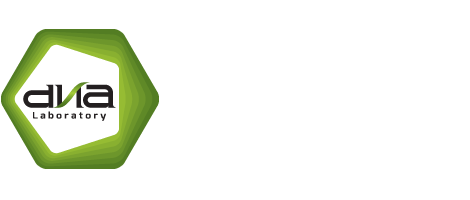FACILITY
DNA Laboratory (DNA Lab) has an on-site, state-of-the-art DNA relationship testing laboratory, which is equipped with the latest automated systems, DNA analytical instruments and bioinformatics software to ensure the highest accuracy from sample processing to result analysis. We are staffed with qualified technologists and scientists who have substantial laboratory operations experience in the field.
DNA Lab performs all the DNA relationship tests that follow a special designed standard operation protocol (SOP). We are committed to the highest quality of service to our customers. As part of the services, we adhere to strict standards of customers’ privacy.

TECHNOLOGY
DNA Laboratory (DNA Lab) relies on the new generation DNA relationship technology with state-of-the-art equipment. We use a set of well validated DNA STR markers; this is a powerful DNA test method in the industry. Those DNA genetic markers that we analyze including the same DNA markers used by the FBI and other law enforcement agencies for human DNA identity test, DNA paternity testing and DNA relationship test.
These DNA markers are referred to the Combined DNA Index System (CODIS), that FBI blends forensic science and computer technology into an effective tool. DNA Lab mastered this technology and uses all of these DNA markers for the determination of the truth of their DNA relationship.
DNA Lab adopts the advanced technology by using the combination of Polymerase Chain Reaction (PCR), Short Tandem Repeat (STR) analysis, which has replaced the restriction fragment length polymorphism (RFLP) technique that used in the past. It is faster and more accurate; it can now also be used with a very small quantity of DNA.

WHAT IS DNA ?
Deoxyribonucleic Acid (DNA) is served as our genetics instruction and consisted of all the necessary information to build a fully functional human being, living organisms and virus.
DNA contains two strands wrapped around each other in a helix (known as the double helix). Each nucleotide includes 3 parts: a phosphate group, a sugar molecule and one of 4 bases Adenine, Cytosine, Guanine or Thymine. The backbone of DNA is based on a repeated pattern of a sugar group and a phosphate group. These strands are held in place by one of the four chemicals called bases:
HUMAN DNA
Human being DNA has at least 3,000,000,000 (3 billion) nucleotides in sequence. The sequence of nucleotides in DNA and RNA that serve as instruction manual for synthesizing proteins through the process of transcription and translation.
Most part of the DNA is more or less in everyone but there are different in various part of the DNA that makes everyone of us unique. Due to this special feature, DNA can be used to identify individuals.

At DNA Laboratory, we based on this scientific fact that half of a person's DNA inherited from their father and half from their mother to test for possible relationships between people and establish a family connection. DNA can also establish relationships between more distant relatives, too.
Theory
DNA relationship technology innovation, process automation, databases, computer analysis power and good laboratory practices are essential to the pursuit of DNA human identification and confirmation of the biological relationship. One of the very important inventions is the Polymerase chain reaction (PCR) technique.
Our PCR based DNA relationship tests (DNA test) produce conclusive results to prove parentage (Biological parents) with power of inclusion can be up a maximum of 99.99% or more and exclusion of 100%. Now, DNA laboratory scientists can even perform the test on pregnant mother blood that contains a tiny amount of the fetus DNA to determine parentage relationship before the child is born.




